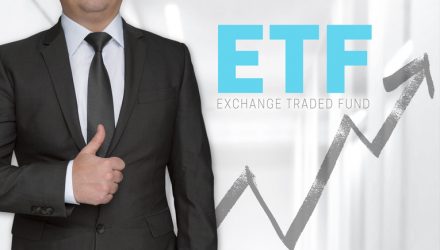In an ongoing price war that has pushed fund managers to provide products at lower and lower fees, ETF investors are winning as many funnel billions of dollars into some of the cheapest products available.
In the latest phase of a more than decade-long price war between ETF providers, Salt Financial gained approval to launch an ETF with negative fees – the money manager would pay investors to invest their money with them. Meanwhile, some of the largest players in the field, including BlackRock, Vanguard, JPMorgan Chase and State street Global Advisors, have all been competing in a prolonged fee war that has pushed down costs on many of their funds, bringing annual expense ratios on some popular ETFs closer and closer to zero.
Rory Tobin, the head of State Street Global Advisors’ SPDR exchange traded fund business, said that the conversation around the race to zero has “escalated,” the Financial Times reports.
“If you want to make low-cost [ETFs] work, you have to evaluate every component of cost,” Tobin said.
New providers are looking into the ETF space and considering low-cost ETF strategies as a way to gain an edge in a crowded field. The money managers hope that cheap fees could more quickly attract investors to their funds. ETFs that do not find success in a timely manner tend to close down, with over two-fifths of funds accumulating less than $50 million in their first year shuttering down, according to FactSet.
“[Zero-fee offers] is a way for newer entrants to differentiate themselves,” Greg Friedman, Fidelity’s head of ETF management and strategy, told the Financial Times. “The older products have strong flows, good trading volume and a record. One way for new entrants to get visibility is where they charge [lower]fees.”
The low fee investment solution has been resonating with investors as fund flows show most are gravitating toward cheaper options while products with high fees are experiencing hefty outflows.
“Lower-cost products are capturing the lion’s share” of flows, Powers said.
Last year, $605bn found its way into the cheapest ETFs and mutual funds, or those investments with fees ranking in the bottom 20 per cent of their respective fund categories. Meanwhile, funds with higher expenses struggled with investor redemptions.
For more information on the ETF industry, visit our ETF performance reports category.








